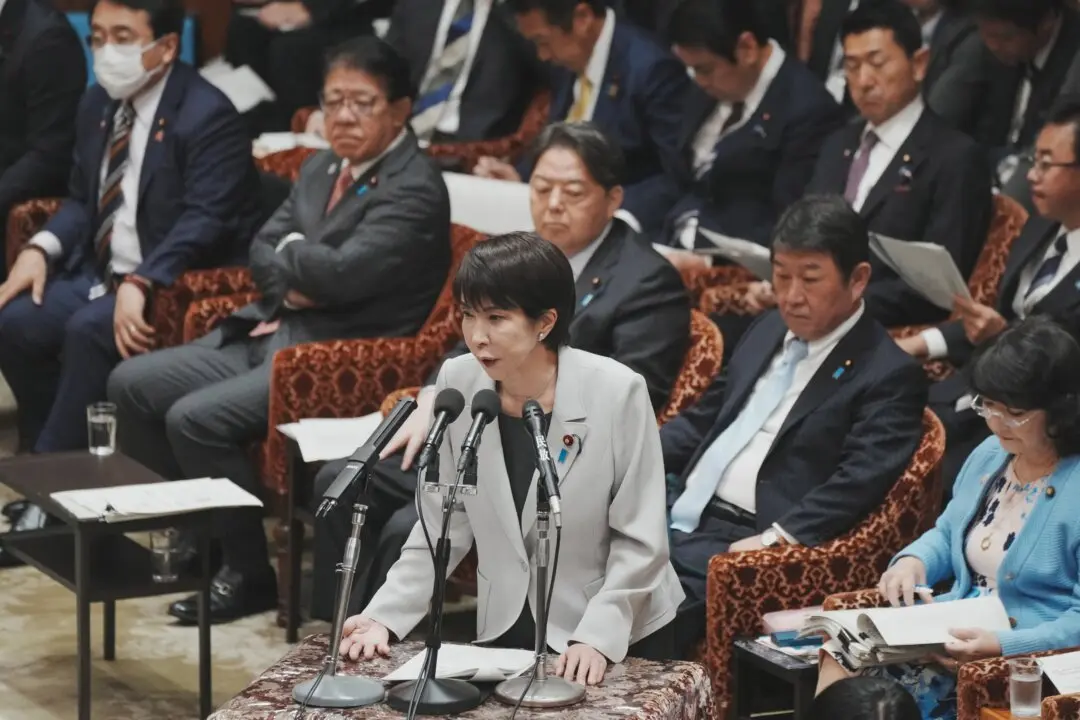Commentary
Inflation is hitting us at the gas pump, supermarket, as well as mortgage and rent. While the Federal Reserve (Fed) tries to beat inflation by increasing interest rates, that actually makes mortgage and rent payments worse, not better. Average mortgage payments at the mean have increased by almost 60 percent since the fourth quarter of 2020. Asking rent increased by about 10 percent over the same period.





